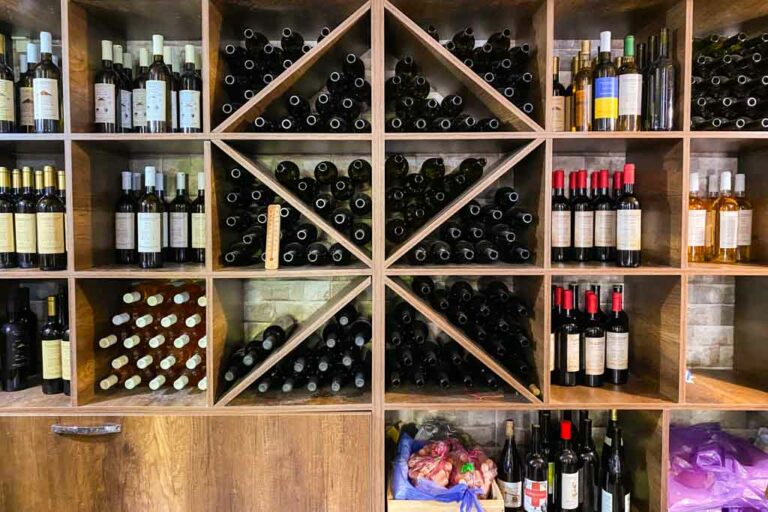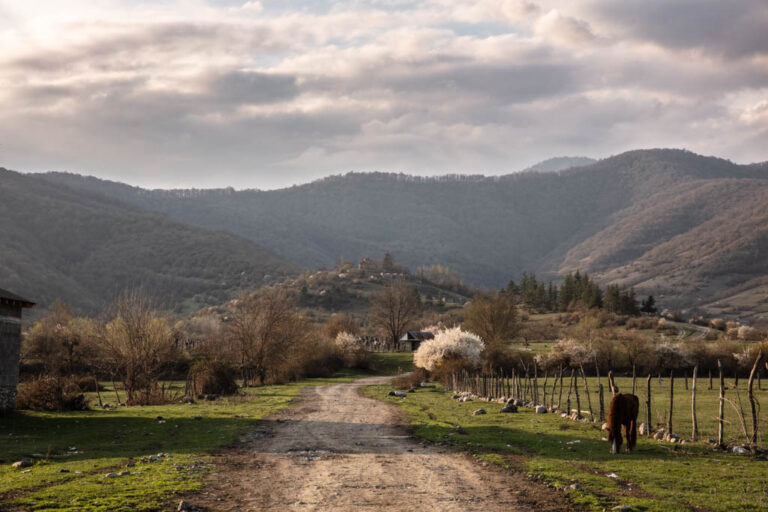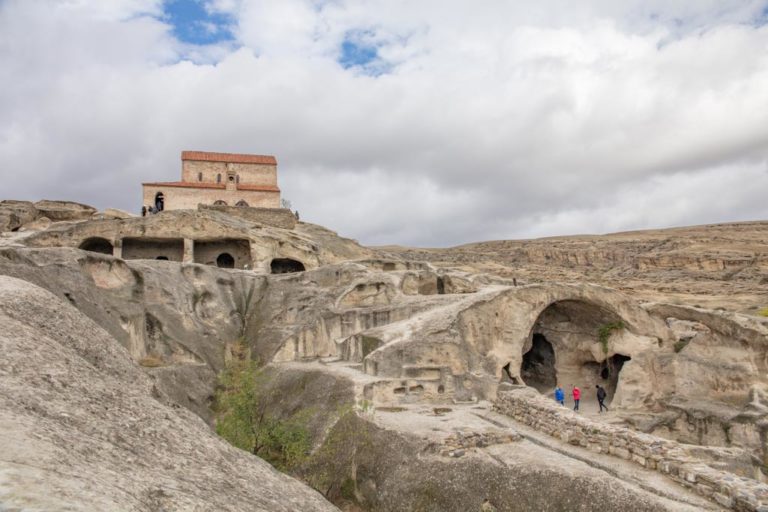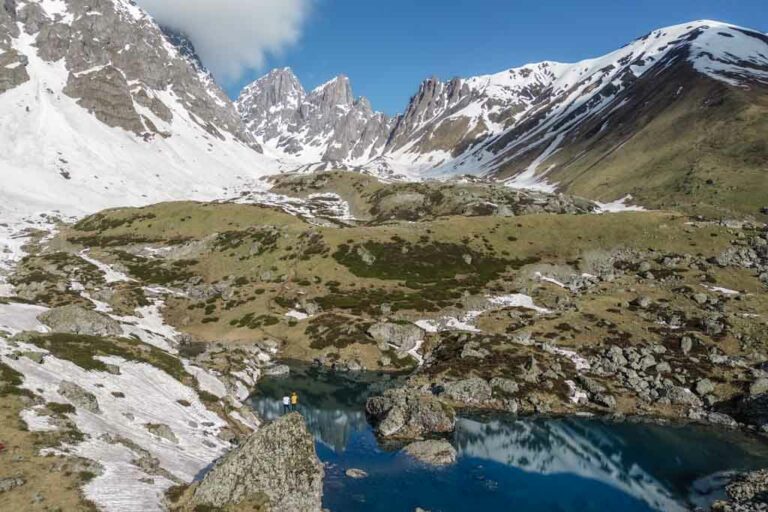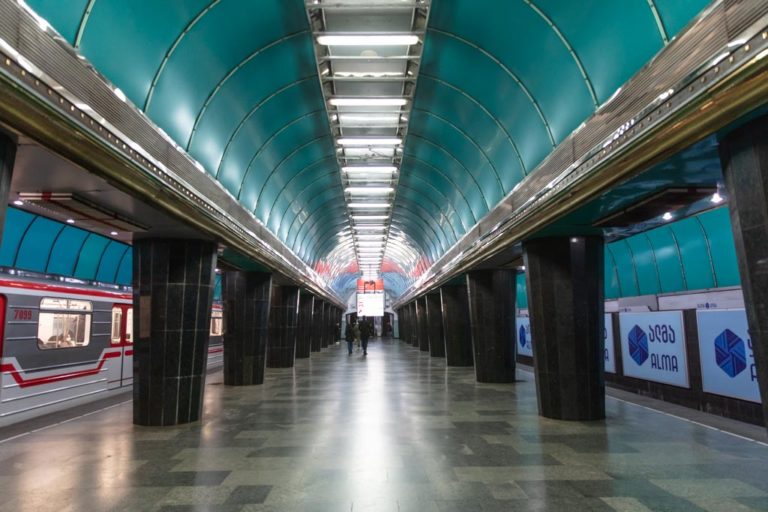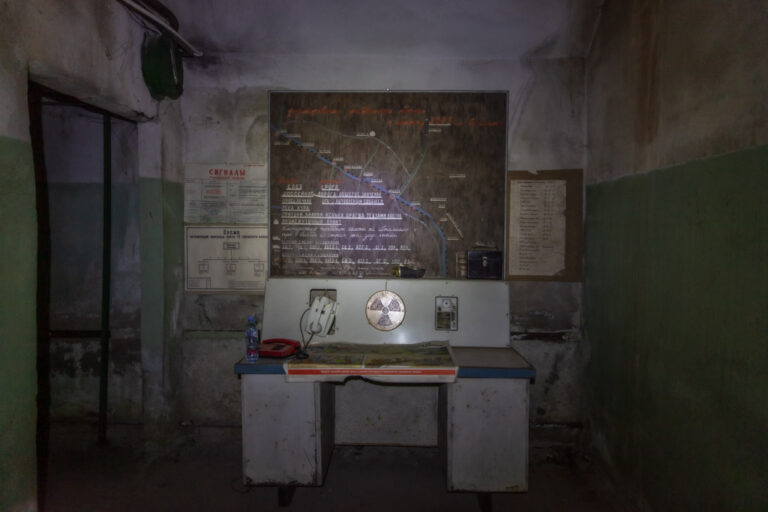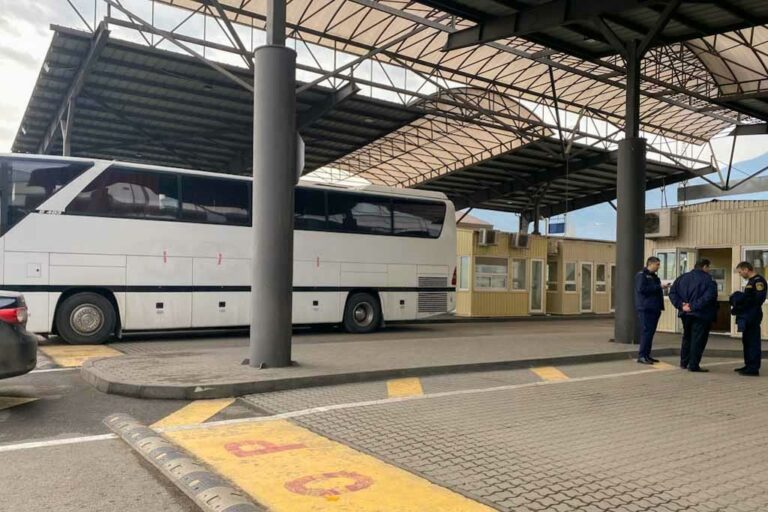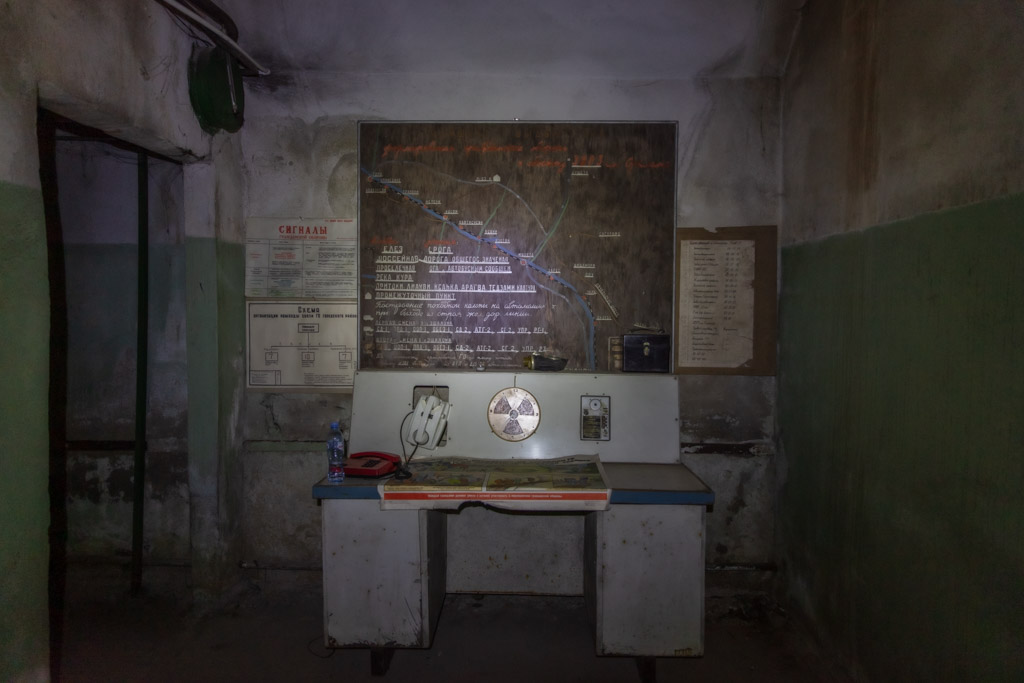
Tbilisi’s Bunkers: A Secret Soviet Underworld
Tbilisi’s Bunkers: A Secret Soviet Underworld was originally published in November 2023
A beguiling network of Soviet-era bunkers, bomb shelters, chambers, and tunnels weave their way beneath Georgia’s capital city of Tbilisi.
These bunkers of Tbilisi have managed to stay mostly a secret until more recently, but even then, many people, even residents of the city don’t know about their existence.
I’d known about the bunkers myself for a few years and that there was a group, largely referred to as ‘diggers’ who knew some of the underground world beneath Tbilisi.
After some searching around, I found the contact info of a man offering tours to the Soviet bunkers of Tbilisi and after a couple of exchanges, we arranged to see them on my most recent re-visit to Georgia in June (don’t worry, the contact info is included later in the post!).
Need Travel Insurance and Evacuation Services for Georgia?
Start shopping for travel insurance plans over at IATI Insurance. Readers of the Adventures of Nicole get a 5% discount off your plan.
The Adventures of Nicole partners with Global Rescue to offer the world’s leading medical evacuation and security advisory services. To travel with peace of mind, shop evacuation coverage at Global Rescue.
History of Tbilisi’s Underground World

Tbilisi is a unique city in that its underground history dates back centuries, long before the network of Soviet bunkers were established.
So, how did so much of Tbilisi end up underground?
The Underbelly of the Old City

Long story short, Tbilisi was sacked by the Persians, Khwarezmians, Ummyads, and others 27 times which drove residents to go underground, and in 1795 during the notorious Battle of Krtsanisi, the city was burned to the ground and razed.
Owing to the numerous attacks on the city over the centuries, an extensive series of caravanserais, passages, cellars, bazaars, and sulfur baths lie beneath Tbilisi’s Old City.
You can easily visit parts of Tbilisi’s ancient underworld, via the Meidan Bazaar, the sulfur baths of Abanotubani, the Tbilisi Wine Museum, and several restaurants and bars scattered about the Old City.
The Early Bolsheviks’ Underground Hermitage for Propaganda
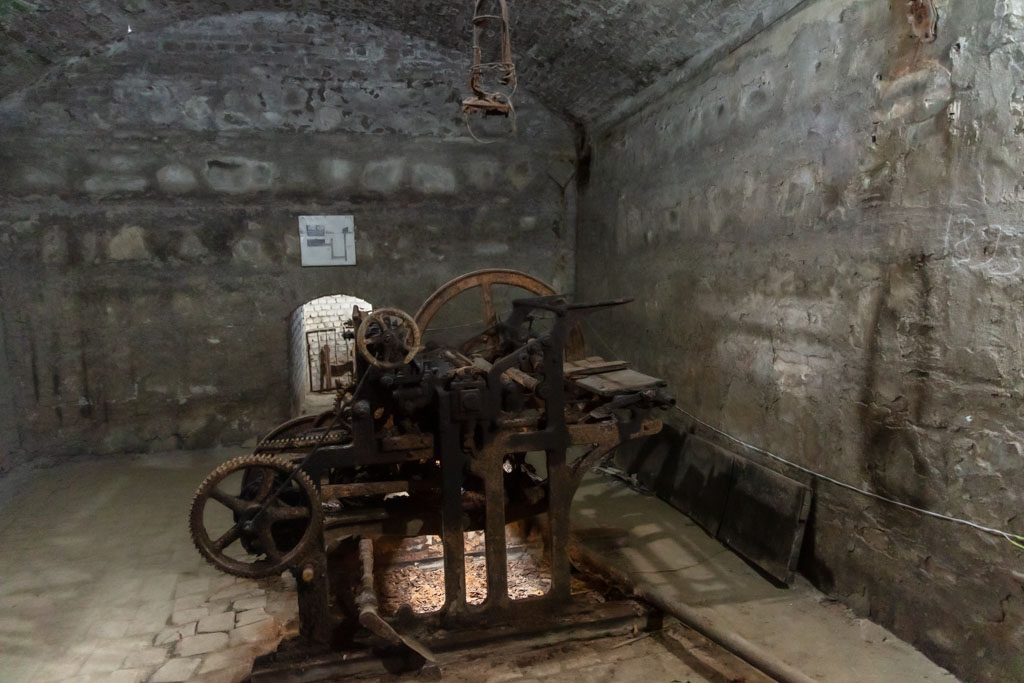
Fast-forward to the early 20th century and a young Iosif Djugashvili (who would later become the infamous Joseph Stalin) established a secret chamber beneath a nondescript house located at #7 Kaspi Street in Tbilisi’s Avlabari District.
Of course, this chamber was used to house Stalin’s Underground Printing Press where he and Bolshevik Revolutionaries would print propaganda in the form of newspapers, magazines, pamphlets, and flyers in Georgian, Armenian, and Russian.
The printing press was smuggled to Georgia from Germany in pieces by supporters of the Bolsheviks and placed in the above-mentioned chamber which was accessible via a 15 meter well and a tunnel.
In 1906 the printing press was discovered by police and destroyed with its well filled to the brim with soil. Under Stalin’s rule during the Soviet era, the printing press and chambers were restored. Present day, you can visit Stalin’s Underground Printing Press Museum and climb down into the very chamber yourself.
Tbilisi’s Soviet Bunkers: A Top-Secret Subterranean Network
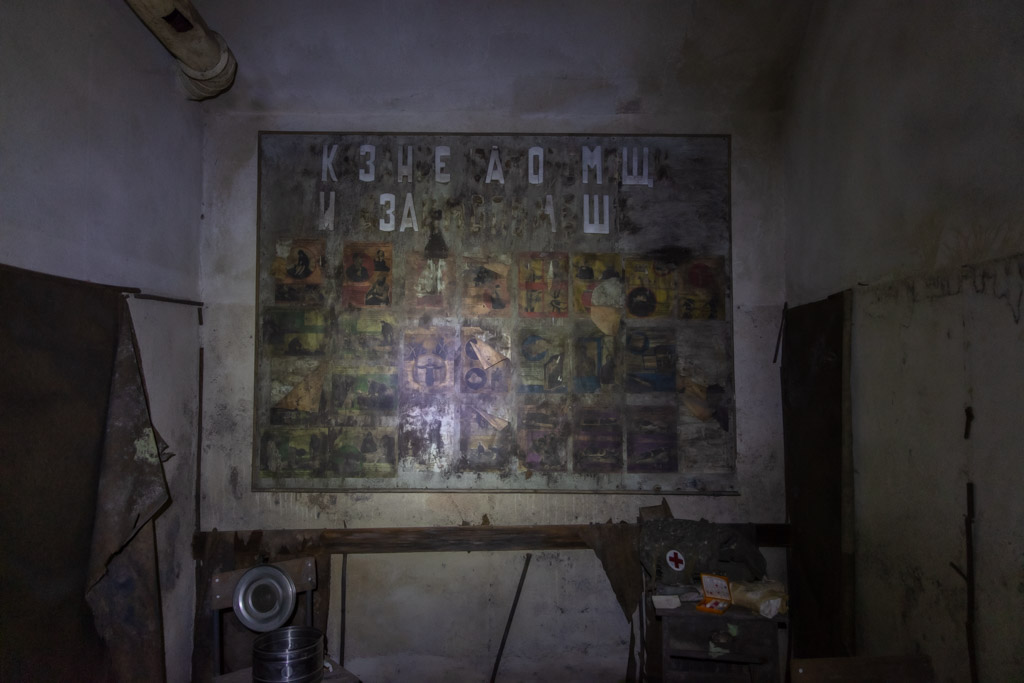
Built under the order of Stalin’s righthand man (at the time, anyway) and the appointed Georgian Communist Party Central Committee leader, Lavrenty Beria, an extensive system of bunkers, tunnels, and chambers were erected beneath Tbilisi.
At the time, Beria was tasked with developing a sewage system for Tbilisi and this is where one begins to find the traces of his secret project.
Due to the top-secret nature of Beria’s Soviet-era bunker system in Tbilisi, there is no evidence of them found in state archives, not even a map.
It’s estimated that this series of bunkers built beneath Tbilisi extend over two kilometers and are speculated to have been used as torture chambers by Beria as well as to secretly transport prisoners out of the city.
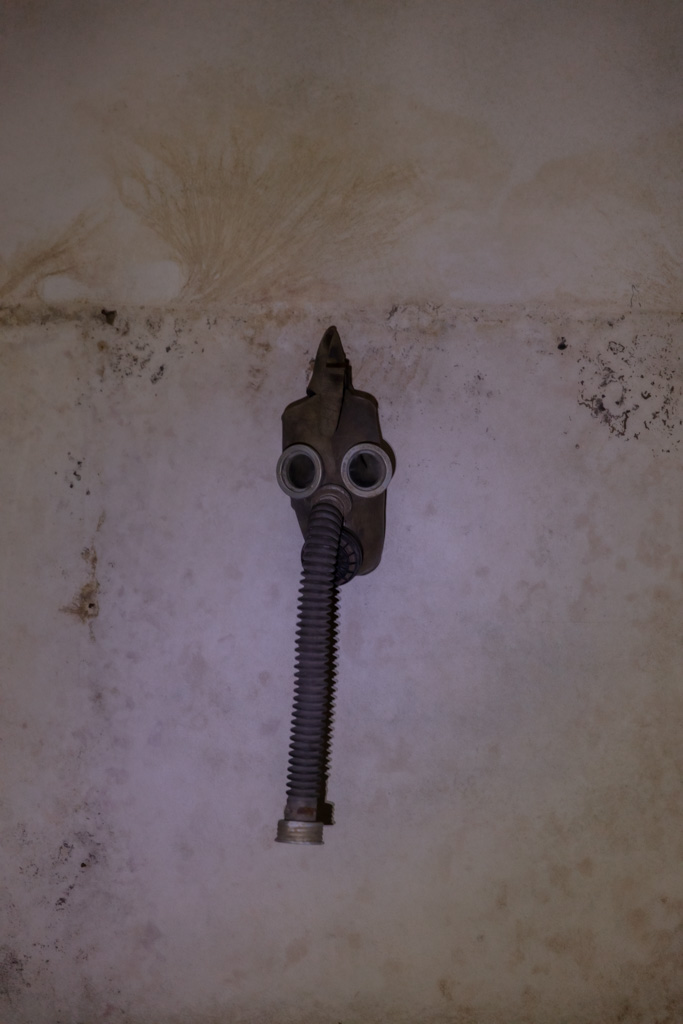
Following the conclusion of WWII and the kick-off of the Cold War, the Soviet Union set aside a large budget to be used to construct bomb shelters in larger Soviet cities in the event of bomb and nuclear attacks which accelerated the creation of even more Tbilisi bunkers.
As a result, there are over 400 underground bunkers scattered beneath Tbilisi that had been built to safeguard citizens in the event of an attack.
One of these bunkers (and soon to be a second!) is possible to legally visit on a Soviet Tbilisi Bunker Tour.
Hitting the One Million Mark: The Tbilisi Metro
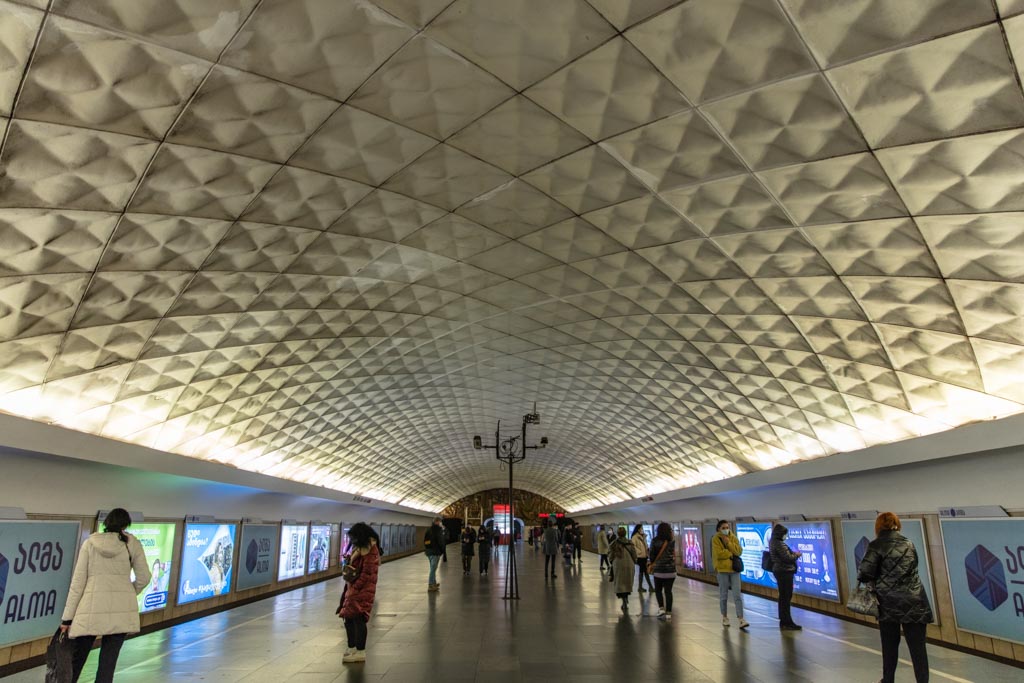
The threshold for a city in the Soviet Union to get a metro system was hitting one million residents.
Tbilisi finally joined the ranks of other Soviet metropolises and in 1966 the Tbilisi Metro officially opened its doors.
Following the Collapse of the USSR
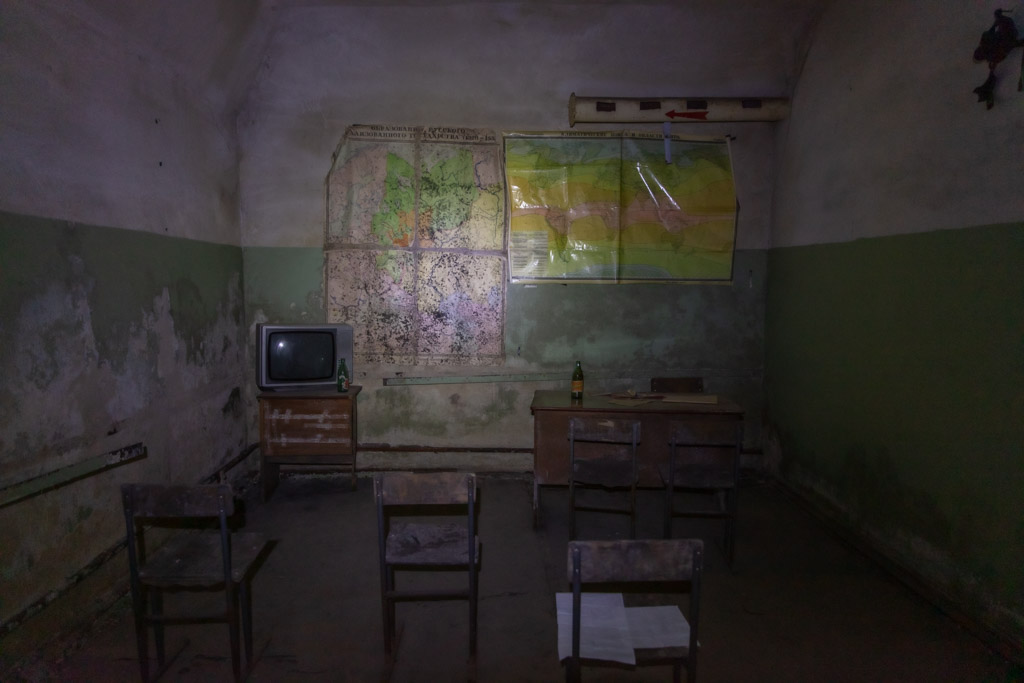
In 1991, as the Soviet Union crumbled and SSRs gained their independence, the Soviet bunkers of Tbilisi fell into disuse, seeing most abandoned and or looted.
A handful were privatized but aside from that, this underground world under Georgia’s capital was almost completely forgotten.
In Come the Tbilisi Diggers
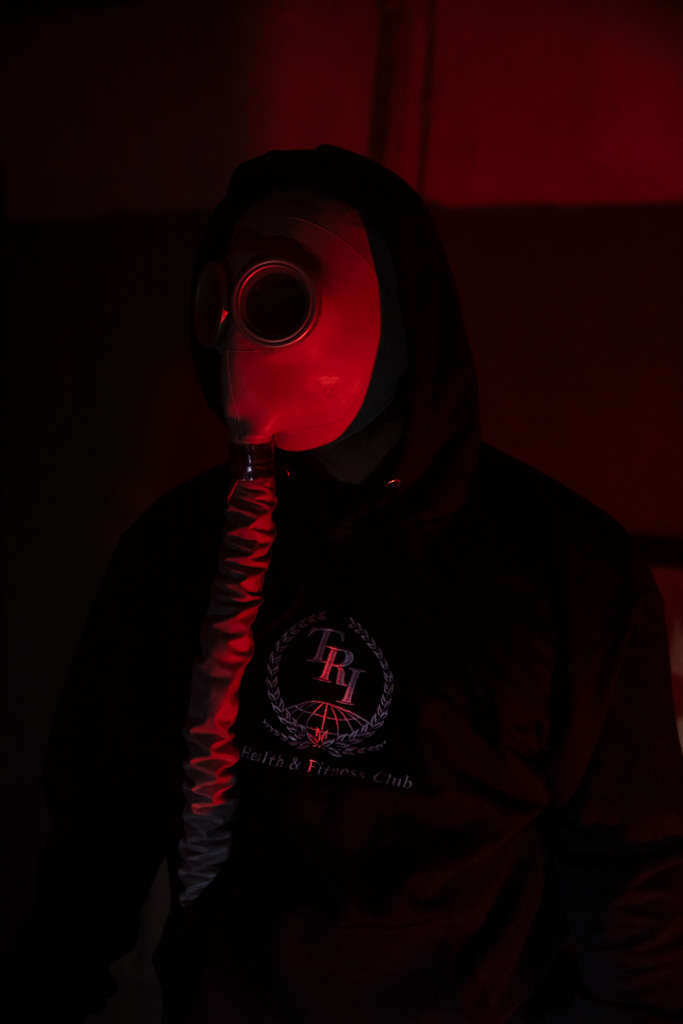
Urbexing (the term used for urban exploration) became popular in many parts of the former USSR throughout the 1990s and Georgia was no exception.
This led to a group known as the ‘diggers’ being established, a group that has explored much of underground Tbilisi over the years and abides by a strict set of rules.
Taking a Tbilisi Bunker Tour
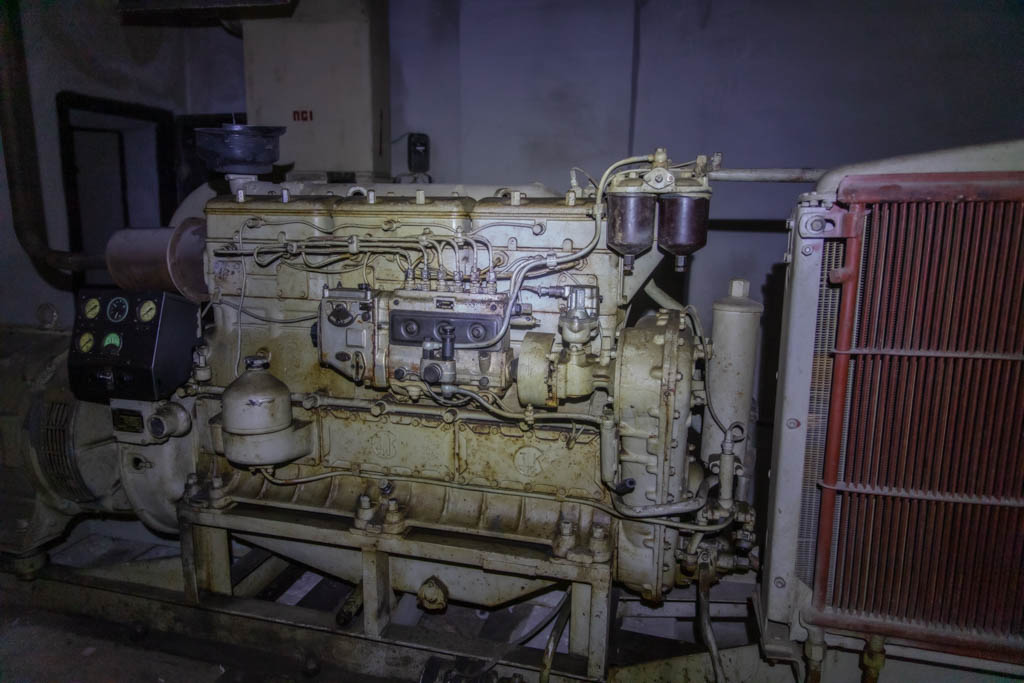
As with the dangerous nature of these Soviet bunkers, its recommended to take a Soviet Tbilisi Bunker tour to the one bunker that is legally permitted to visit.
These tours are run by none other than Tornike Kapanadze, a well-known digger who was gone through the process of making some of these bunkers legal (and safe) to visit.
Tornike will meet you at a set of doors that conceal a bunker hidden about 10 meters below ground.
The bunker believed to have been constructed in the 1950s and to have controlled the Gldani-Nadzaladevi neighborhood, housed a large diesel generator for electricity production, a communications system, a water supply, and a ventilation system.

He also went on to explain that many of these bunkers were designed by Pavle Groves, a Russian engineer and Soviet prisoner. The bunkers were constructed by German prisoners as laborers, most of them on a death sentence, and therefore unable to spread the existence of these bunkers to the outside world.
This bunker, in particular, features several rooms- all of which served an important purpose.
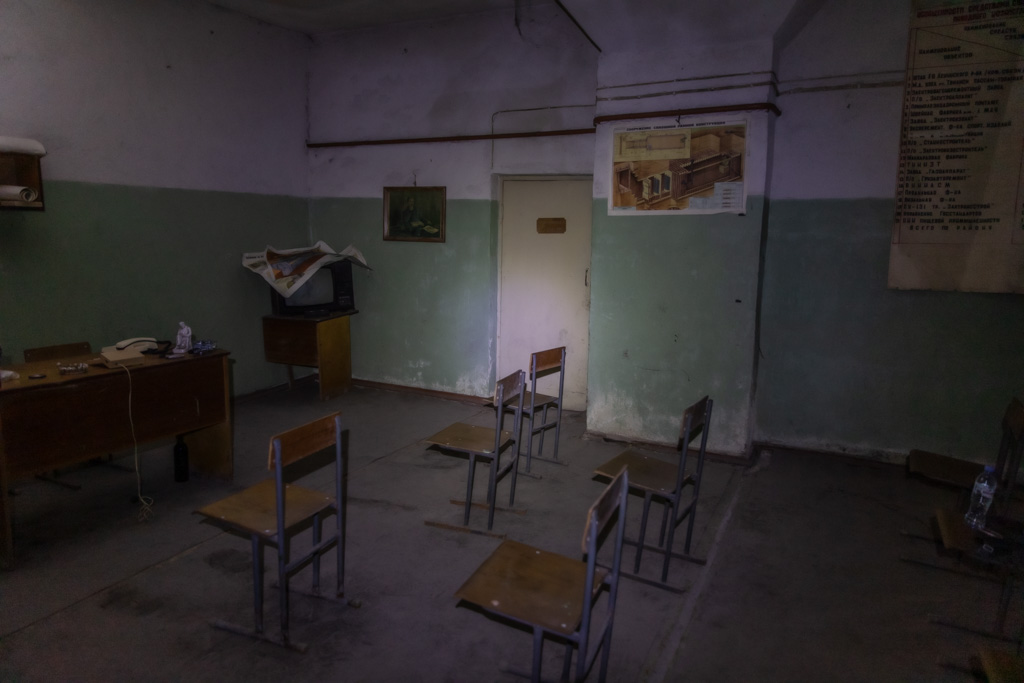
Just behind the entrance doors, a hallway leads to a sealed room where a person tasked with going above ground to bring food, water, and supplies down during an attack would be disinfected to prevent the introduction of disease or poison to the bunker.
Continuing further inside, a diesel generator used to supply the bunker with electricity is on display, a rare find considering the generators scattered about the bunker system in Tbilisi were looted out in the 90s. The room also features a ventilation system that would have brought fresh air inside.
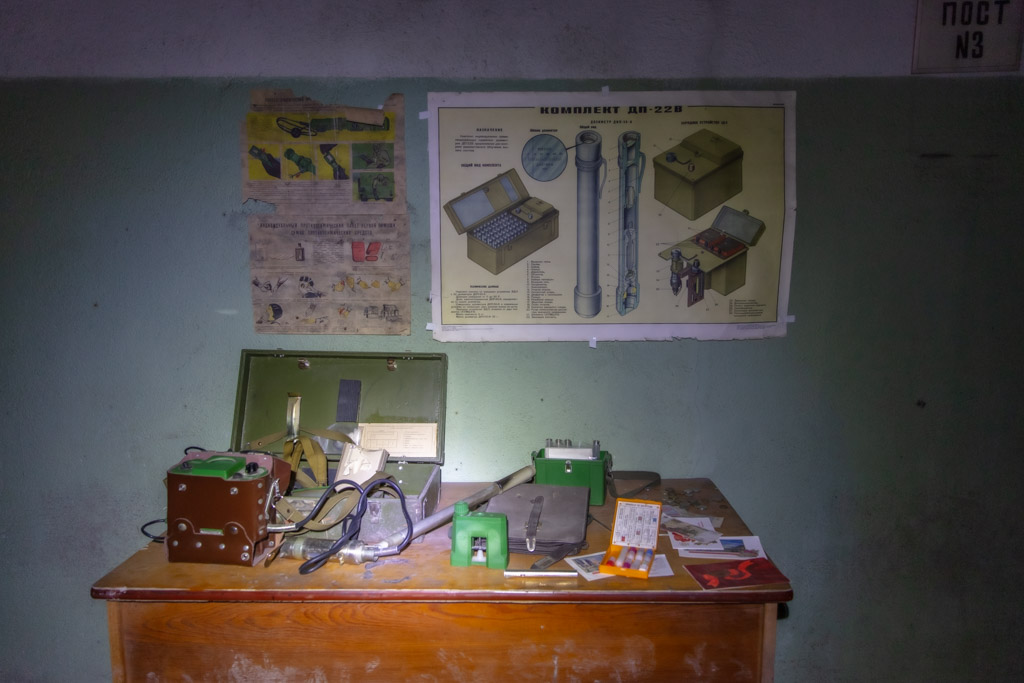
In another room, a communications board is still in place that was used to communicate with other bunkers in Tbilisi, as well as other parts of Georgia and other parts of the USSR. Along with the communication board are lists of names and home numbers of workers in the bunker, numbers of other bunkers, and phone numbers of governmental organizations.
Another interesting room in the bunker is a conference room that features wooden desks and chairs, a map, and a painting of Stalin.
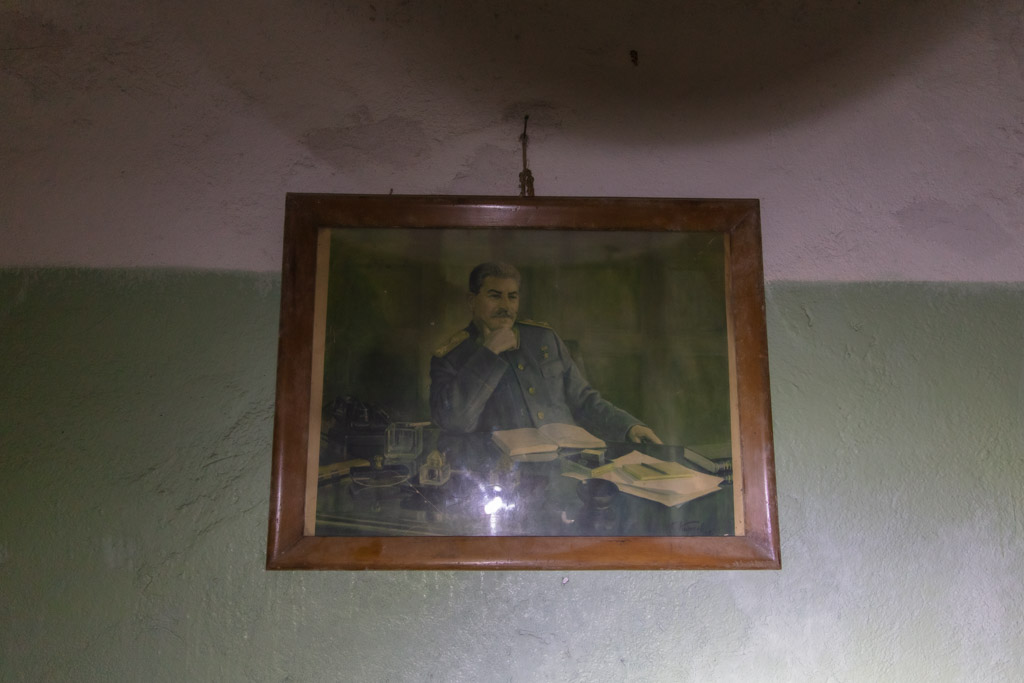
Finally, my favorite room of the bunker was the first aid room, where workers could be treated for a variety of ailments on-site.
The bunker tour lasts 30-60 minutes, depending on how many questions you have for Tornike. He knows the bunkers and their little-known history quite well. Prices run about 80 GEL per person, to which the fee goes towards maintaining the bunker and clean up of others.
How to Visit this Soviet Bunker in Tbilisi
To set up a tour of the bunker, contact Tornike via his Facebook page to set up a time. On the day of, he will send you the meeting location from which your tour will begin.
Tornike is in the process of getting another bunker set up for tours, which should hopefully be ready soon.
Bonus: Telatgori Water Reservoir
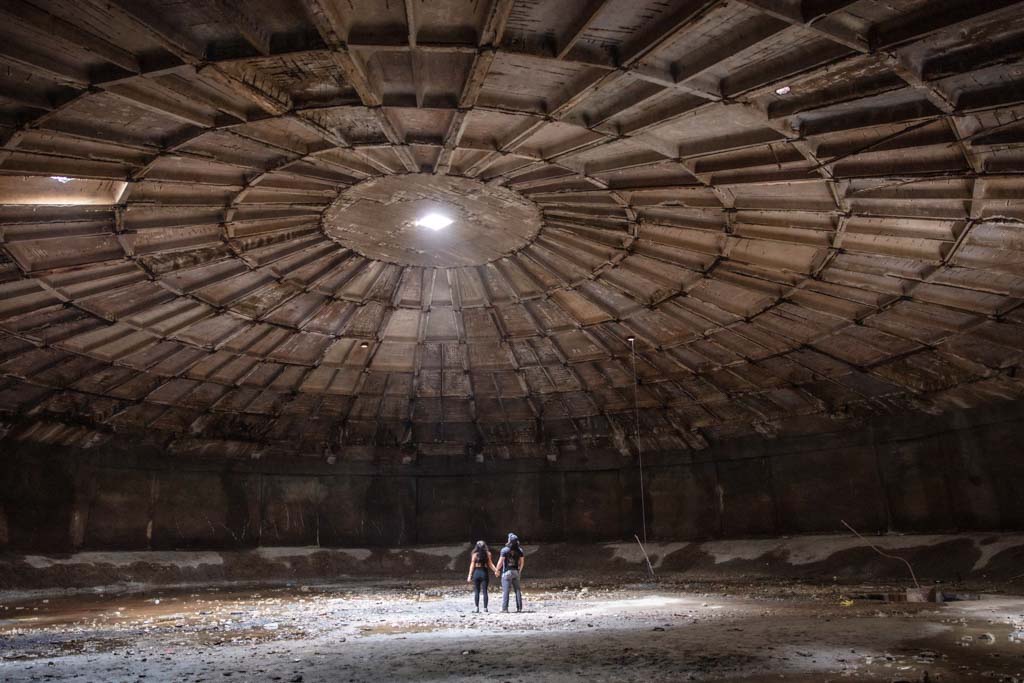
While not a bunker per se, an interesting Urbex site to explore in Tbilisi is the abandoned Telatgori Reservoir. It’s located behind the (also) abandoned Archeology Museum.
Have any questions about the Soviet Bunkers of Tbilisi?
Ask in the comments section below.
